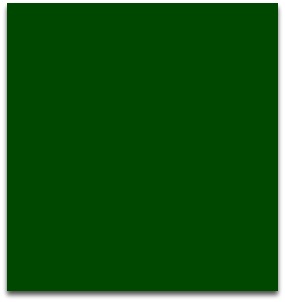
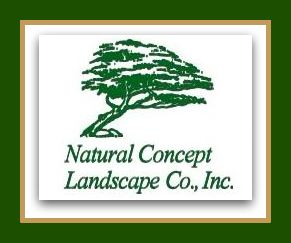
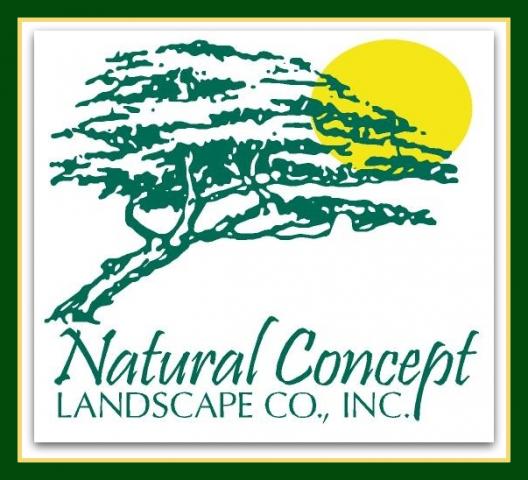





360-668-8530 | www.nclandscape.com

Lawn Care Guide
Lawn Care information guide
(To download a PDF version of Lawn Care Guide, "Click Here".)
Summer lawn care is important, but make sure you don't overdo it. During the hottest months, grasses may become semi-dormant, making them more vulnerable. Keeping your grass lush and green will involve some summer lawn maintenance--the following tips will show you what to do and when to do it.
Don't Stress Your Lawn
Grass doesn't grow as fast during the summer months, so you probably won't need to mow it as often. Make sure your blades are sharp and will produce a clean cut of about 2 to 2.5 inches. Try to avoid letting grass get too tall, but once it does it's better to shorten it gradually through several cuttings rather than all at once.
Grass can lose its moisture through the cut tips if your area is experiencing extreme heat or drought. The wheels of your mower and heavy traffic on the grass can also stress your lawn to the point where you may have to do some lawn maintenance to repair it in the fall.
When to Water Your Lawn
Many people think they have to frequently water their lawn to keep it green and healthy. But if you've practiced good lawn maintenance throughout the year you might not need to water it much during the summer months. If you don't want to lose grass during extremely hot, dry weather, it's best to water it early in the morning. This allows the water to evaporate during the day and prevents damage to the lawn. If you use an irrigation system, moisten the ground to at least 4 inches. However, keep in mind that your local government may restrict the use of water for lawn care in the event of a serious drought or water shortage.
How to Water Your Lawn
Most grasses in most of the country need the equivalent of an inch of rainfall each week. More is needed during hot weather or in arid climates. If the grass has a dull appearance or it fails to stand back up after being stepped on, it is dry and needs watering immediately.
Clay or sandy soils usually need a half-inch of water two or three times a week. If the soil is loose and has lots of organic matter to hold water, an inch could be applied once a week. Watering every day prevents the grass from growing a deep root system and also causes tree roots to grow on the surface of the soil.
A handy way to measure how much water is applied is to scatter some tuna or pet food cans in different parts of the lawn. Whether hose end sprinklers or underground sprinklers are used, water should be applied evenly and slow enough that it soaks in and doesn’t run off. The best time to water is right after sunrise when it is cool so less water evaporates before it hits the ground.
Regular Lawn Care Helps Avoid Problems
If you have a problem with insects you can treat it as needed, but it's important to evaluate the problem so you'll choose the right course of treatment. You may need to call in a pro to deal with a major infestation. If your grass becomes diseased, there's probably not much that you can do, and you'll probably have to repair your lawn during late summer or fall. If your lawn has weeds popping up all over, herbicides or hand weeding down to the root can help you regain control.
When to Fertilize Your Lawn
Summer is generally not the right time to fertilize your lawn. When you fertilize a lawn in the summer it may make the grass more vulnerable to heat and drought. Wait until fall to apply fertilizer. A slow-release fertilizer will deliver nutrients at a slower pace throughout the season.
Good lawn care doesn't happen over night, but with the proper planning and techniques you can have a nice field of green that can be enjoyed for a good part of the year.
How to Fertilize Your Lawn
Fertilizing a lawn regularly will give it healthy green color as well as help prevent disease and weed problems. If a lawn is well fed and growing rapidly, disease spots on the grass blades are mowed off before they become visible. A thick lawn will prevent weeds from getting started.
Lawns need mainly nitrogen, phosphorus and potassium or NPK. The numbers on every fertilizer bag are the percentages of N P and K found in the bag. Different lawn grasses need different amounts of nitrogen with bent grass and Improved Bermuda grass needing the most and fescue and centipede grass needing the least. A general recommendation that will do well with most grasses is 0.75 pounds of actual nitrogen per 1000 square feet every 6 weeks during the growing season. Divide 0.75 by the decimal form of the percentage of nitrogen to find how many pounds of fertilizer to apply each time. For example, a 15-5-10 would require 0.75 / 0.15 which equals 5 pounds of fertilizer per 1000 square feet every six weeks. A different approach for cool season grasses is to fertilize once in early spring and again in late summer. In that case, divide 1.50 by the decimal form of the percentage of nitrogen. This approach requires a slow release, non-burning fertilizer such as one containing blood meal as the nitrogen source.
Choosing a Grass
A beautiful lawn begins with choosing a type of grass that is suitable for the climate. Many types and varieties of grasses are now available. For the western valleys of the Pacific Northwest, the best choice is perennial ryegrass for full sun and a mixture of perennial ryegrass and fescue for part-shade. New varieties of these grasses have a fine texture and good green color. One drawback to perennial ryegrass is that it has to be watered enough to keep it green during the growing season. Otherwise, it thins out until the lawn is dense clumps with bare spots in between. Perennial ryegrass will not spread to fill in the bare spots like most other grasses so bare spots need to be reseeded. A lawn that won’t be watered should be at least half fescue. Fescue is much more drought tolerant and will come back quickly when rainfall resumes.
Establishing a Lawn
New lawns can be planted by seed or sod. For seed, the soil must be at least 55 degrees for the seed to germinate quickly. This is from mid-April to mid-October. Sod can be laid from March to November. Preparation is exactly the same. The biggest difference is cost. Sod costs around 25 cents per square foot and grass seed costs about 2 cents. However, sod is better if the ground slopes enough to cause erosion.
Mowing
A new lawn should be mowed as soon as it reaches regular mowing height. The mower should be sharp because a dull blade might rip young seedlings out of the soil. Then regular mowing, usually weekly, during the growing season is the main task in maintaining a lawn. It is a good idea to vary the mowing pattern... This prevents ruts from running the mower wheels in the same track each time.
Mowing height is measured from the mower blade to the ground with the mower sitting on a flat surface. Mowing height for most grasses is 1.5 to 2 inches. For the summer, a mowing height of 2.5 to 3 inches will reduce water and fertilizer needs. Mowing at 1.5 inches during the rainy season reduces disease problems. Grass should be mowed as soon as it reaches one and a half times mowing height so only one third of the grass height it mowed off. If grass is allowed to get tall, then cut short, the soft, lush base of the grass will be exposed to hot sun and it will burn and turn brown. For tall grass, set the mowing height higher, then, a few days later, mow the lawn again at the regular height.
It is a good idea to buy a mower that can either mulch or bag the clippings. Mulching the clippings back into the lawn builds up the soil and requires less fertilizer, but if the grass is tall or wet, the clippings may pile up and smother the grass. The grass clippings should be bagged if they start to pile up. Also, it is better to bag the clippings if kids or guests will be tracking grass clippings into the house.
Edging
Edging the lawn along sidewalks and driveways is optional but it gives the lawn a professionally manicured look. An electric or gasoline powered edger will cost about $100. Hand edger’s can be purchased for about $20, but the half moon edger is not nearly as easy to use as the Lawn Shark edger which has a triangular blade with teeth on the long edge to cut through grass. A straight, sharp edge looks professional but a 3-inch wide trench looks amateurish.
Insect Control
Lawns in the Northwest are occasionally attacked by chinch bugs, bill bugs, and grubs but the most common insect is the European crane fly which looks like a giant mosquito. Crane fly eggs hatch into larvae in the fall. The larvae feed on grass roots from September through May then the larvae pupates and emerge as adults in late summer. There can be as many as thirteen larvae per square foot without causing any visible damage. Greater numbers cause dead patches of grass, which can be pulled right out of the ground because there are no roots. The easiest way to check for soil insects is to dig up a plug of lawn on the edge of a dead spot, put it in a plastic bag and see what crawls out of the soil. Almost all lawn insects can be controlled by applying beneficial nematodes which are microscopic worms which prey on many soil insects. Beneficial nematodes are effective at killing soil insects without affecting earthworms or mammals. This can be treated twice a year using Dursban Insecticide at low rates. Keeping a close monitor on the adult Crane Fly population will determine whether or not to apply. These Crane Fly should not be under-estimated in the amount of damage they can do to the grass.
Weed Control
Weeds are either broadleaf, such as dandelions and chickweed, or grassy, such as crabgrass and annual bluegrass. Broadleaf weeds are easiest to control since many lawn weed killers will kill broadleaf weeds without harming grass. The active ingredient in most broadleaf weed killers is either 2,4-D or Trimec. Weed and feed fertilizers have to be applied evenly over the entire lawn even where there are no weeds. I prefer to use a plain fertilizer, then spot apply liquid weed killer only on the weeds.
Grassy weeds are harder to control since most grass killers will kill lawn grasses as well as weedy grasses. A grassy weed preventer, such as Halts or Team, can be applied in the spring when the first dandelion blooms to prevent crabgrass and around Labor Day to prevent annual bluegrass. Coarse grasses which grow taller than the lawn grasses can be controlled by using a paint brush to apply Roundup to the taller tips.
The best weed control is a thick healthy lawn that crowds out weeds. Weeds are a sign that the lawn is stressed, usually by poor soil, lack of regular watering, lack of fertilizer or mowing too short. Another common weed is moss. It is almost guaranteed to grow during the rainy season anywhere there is shade. By spring, moss will have killed out quite a bit of grass. It is better to use moss killer in early winter before moss smothers the grass.
Almost all moss killers for lawns contain iron sulphate. It will stain concrete so sidewalks, driveways and patios should be hosed off immediately after moss killer is applied.
Aerating
Soils that get walked on or trampled will pack down until air can’t penetrate into the soil to keep the roots healthy. If a lawn has patches where grass won’t grow in spite of fertilizing and watering, it needs to be aerated. An aerator punches holes in the lawn ever few inches to allow air and water to penetrate into the soil faster and deeper. The easiest and best way to deal with the cores that are left on the surface is to mow over them and scatter the soil onto the lawn surface. This fresh soil brings up microbes which help break down thatch.
The frequency of aerating depends on the soil and the amount of traffic on the lawn. Athletic fields are aerated every few months. A yard on clay soil with active kids may need aerating every year. On the other hand, a yard with rich soil and lots of earthworms may never need aerating. If needed, this is recommended in the Spring (April or May).
Thatching
Thatch is a layer of dead stems and roots that can build up on the surface of the soil. If you dig into the lawn with your finger, it is fairly easy to tell the difference between the soft, light thatch and the hard, heavy soil. A quarter inch thick layer of thatch is of no concern. If thatch is an inch thick, disease problems are almost sure to occur. Also, a thick layer of thatch will make a lawn require more water and fertilizer to keep the lawn green.
Thatching usually leaves bare patches so it is a good idea to spread starter fertilizer and grass seed after thatching so the bare patches fill in before weeds get started. Therefore, thatching should be done from mid-April to mid-October.
The frequency of thatching depends on the type of grass. Kentucky bluegrass and creeping fescue may need to be thatched every year or two. Perennial ryegrass and tall fescue may never need to be thatched.
Overseed
To develop a denser turf, contact the sod company used on your lawn (Choice Turf or JB Instant Lawn) to match seed specs. Use a 3-4 Lb. per 1000 sq. Ft. rate when over seeding. Your watering program will change when over-seeding to daily light watering to prevent seed from drying out.
Top-dress
Top-dress with sand (1/8-1/4”) to cover seed and help germination. Fertilize over the sand with 16-16-16 or 15-15-15 granular fertilizer for quick and even germination of seed.
Lime Application
Apply Lime to your lawn with “Prilled” (Calcium Carbonate) type Lime once a year in the Fall. Lime corrects the PH in the soil to better utilize the fertilizer. Apply at a different time than the fertilizer.
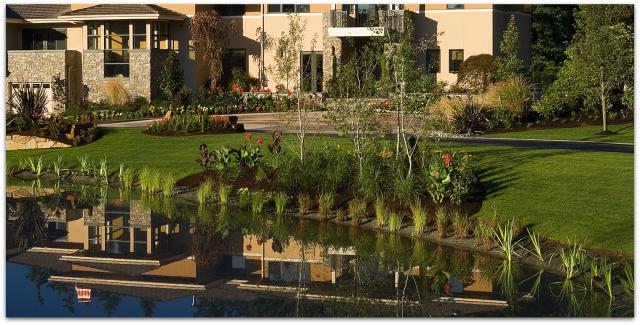
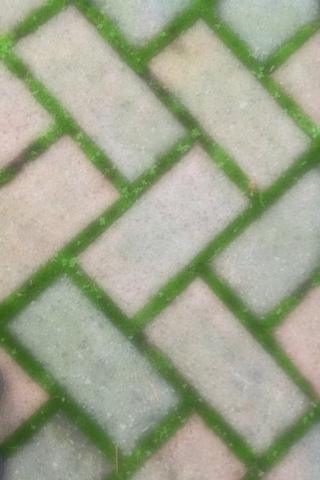
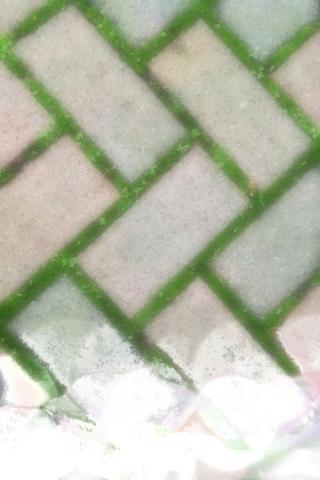





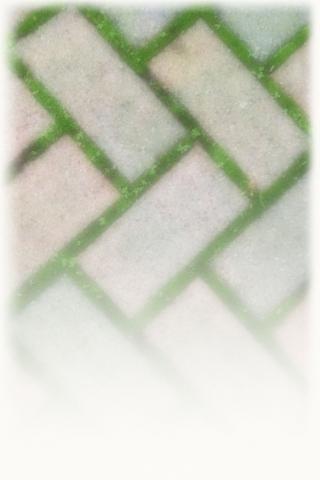




Bringing Nature to YOUR Backdoor















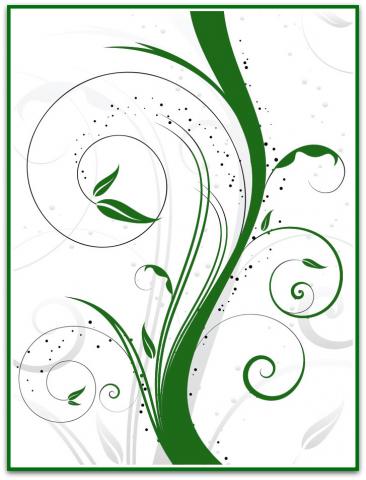







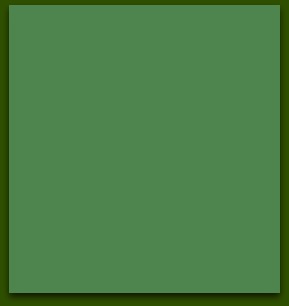
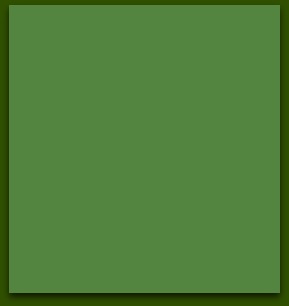
The Pacific Northwest's Premier Landscape Company
is located at:
20318-C State Route 9 SE
Snohomish WA 98296
